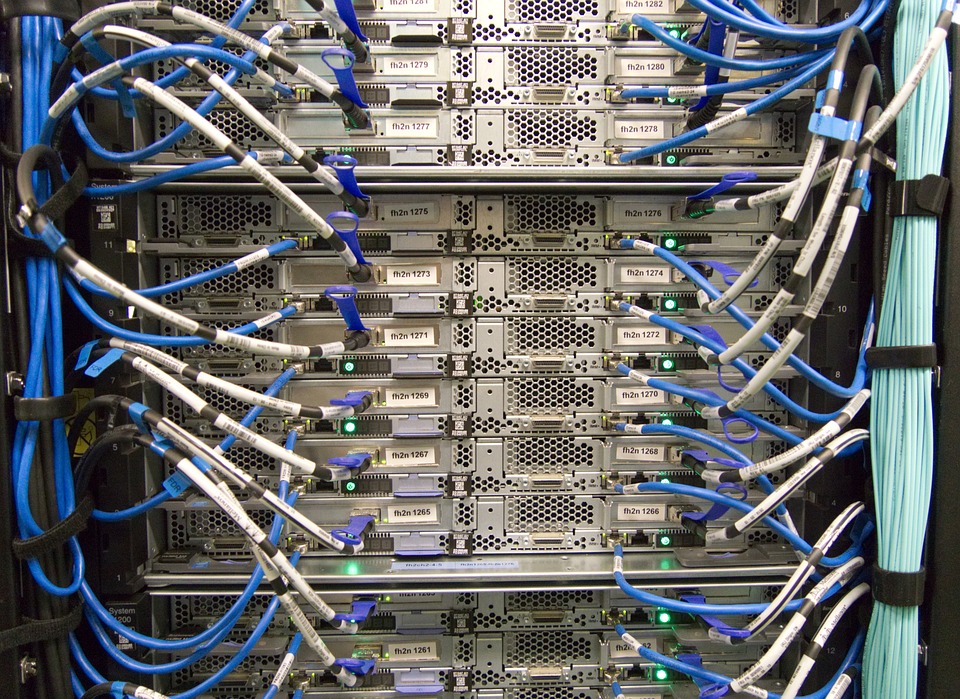Even the most advanced system can suffer from subpar performance. Users may have a sluggish experience while your infrastructure slows down or even grinds to a halt.
A myriad of causes can lead to such performance problems. You can always make a wild guess. But to troubleshoot your system, you will need well-designed tests to identify issues before fixing them.
Here are the most common root causes of performance problems in software development and how performance testing can help you pinpoint and get rid of them.
Common Problems That Can Affect Performance
Resource Congestion

Unoptimized code can take up a lot of resources to do its job. It can slow down or even freeze a system when it runs out of these resources.
Many developers tend to throw more resources at sluggish performance as a short-term solution. But without addressing the underlying causes, this unsustainable approach results in bigger bills and still doesn’t improve the experience on the users’ end.
Worse even, you may have a system that scales automatically depending on demand. The cost of these resources may soon spiral out of control, leaving you with an unexpected payment from your cloud services provider.
There are many components that can bog down your system. You must monitor and troubleshoot each of them in a different way.
CPU
It is essential to get the maximum degree of concurrent execution in modern computing systems, which feature a large number of processor cores.
But unoptimized parallel programming can lead to opposite results. Both inadequate and excessive threading can cause huge problems. Some cores may be idle, while others are constantly hitting 100%.
Additionally, CPU bottlenecks happen when these processors can’t keep up with other components in your system. The cores may be too slow to execute instructions from your program. When all of them keep running at over 90% of their capacity, they can’t accept more work.
You can look at the CPU utilization of all cores – an important metric in performance testing – to discover those problems. See how CPU use is distributed across the various processors, including which process is using each of them.
Memory
An ample amount of memory allows your system to perform more tasks at once. When it runs out of memory, the system must rely on much slower hard disks to store data that its CPUs are about to process.
The removal of unneeded objects, memory leaks, and incorrect caching are among the problems associated with memory optimization. Many of them don’t just bring performance but also security risks.
Memory consumption should be regularly monitored both in terms of total memory utilization and memory usage per process. Observing both will assist in identifying memory leaks and, more crucially, the offending processes.
Disk
Although the first thing that comes to mind when you hear the term “disk” might be disk space, disk bottlenecks are often time-related. Even the newest and most advanced technologies have physical speed limitations. They can be difficult to debug and slow down your system.
HDDs (hard disk drives) are traditional electro-mechanical devices. They are cheaper but have lower read/write speeds. Extreme disk activity may create a system bottleneck and result in read/write queueing.
Solid-state disks (SSDs) reduce seek time and rotational delay, making them much quicker. However, a big disadvantage of theirs is the higher cost.
The following metrics in performance testing may help you with diagnosing disk issues:
- Input/Output per second (IOPS)
- Disk queue length
- Disk reads/writes per second
- Disk seconds per transfer
Network
The networking capabilities of a system become more important with the growing popularity of internet-connected applications. They have a direct impact on how much data a system can send and receive as well as the quality of those connections.
Network-related bottlenecks occur when this flow of data slows down or gets interrupted altogether. This slowdown hurts the performance of applications, especially databases and other heavy transactional apps, and can even make some apps crash.
You can implement bandwidth monitoring and analyzing tools, which can help you find slowdowns in your network and start fixing them.
Incorrect Configurations
Operating systems and other software need appropriate tuning to run at their full capacity. While default settings make it easier to get new components up and running, they aren’t necessarily ideal for performance-sensitive environments.
Check every option provided by your software stack. Verify that all setup settings meet the needs of your application and aren’t just set that way for convenience.
Suboptimal Databases

The performance of a database is the rate at which it responds to requests to write data and retrieve the stored data.
These responses may seem to be fine for the first thousand rows. But when querying tens of thousands of rows or more, the performance may degrade quickly.
Database performance concerns are a major source of bottlenecks in online applications. Most of these issues stem from inefficient queries, wrong data type use, or a lack of indexing. It is usually hard to detect these issues before putting the database into production.
Performance testing that stimulates production-level traffic is the best method to identify these issues.
While most of them simulate traffic using protocols, some of these tests can generate actual browser instances for the most accurate performance results. The testers can then obtain metrics like database throughput, resource usage, or data response to decide whether the database is working as intended.
Inefficient Load Distribution
As a company meets application demand, the load balancer determines which server can handle which request. This helps make optimal use of resources and maintain a great user experience.
Poor load distribution may result in sluggish response times by mistakenly allocating new requests to overburdened servers rather than those with more available resources. When too many requests are on the same server, they will encounter issues, even if the system as a whole is operating much below capacity.
It is essential to test using performance testing tools to identify any load-balancing issues.
They can collect key measurements like latency, the number of rejected connections, and response time. From these results, you make necessary improvements like reconfiguring the load balancer or replacing it altogether.
Poor Scalability
Scalability refers to a system’s ability to adapt to growing demands. You don’t need to redesign or reconfigure the whole system when there are steep increases or decreases in workload.
Scalability can help your business in both the short and long term. At first, it lets you invest in only what you need right away, not every feature and capacity that might only be useful in the future.
It can be hard to spot scaling failures in the beginning. But when the workload increases, you will run into serious problems. It affects the performance of your system and user experience. You may need to redesign your system while losing growth opportunities.
Scalability testing addresses this exact issue. It can predict how your system performs when the workload grows.
Testing can help you understand your system’s limit by measuring its degradation and robustness under severe stress. When testing for scalability, you can consider these important metrics:
- Throughput
- Response time
- Resource utilization
- Requests per seconds
A Combination of Different Problems

Many performance problems can exist at the same time. A common phenomenon is when a small issue is grossly exaggerated by some unoptimized components, leading to catastrophic decreases in performance.
Once the domino effect occurs, it might be difficult to determine its origin. You will need a comprehensive testing strategy, which may include multiple testing rounds, to uncover every issue underneath.
Final Words
Even a small component in your system can have a huge impact on its performance.
Integrating performance testing into your development cycle is the best way to prevent such issues before they happen. It can simulate production-like conditions and uncover possible performance issues before they hurt your operations, reputation, and revenue.
CyStack can ensure consistent performance and responsiveness of your critical applications. We can identify flaws that can affect the success of your business before they have real-world consequences.
Contact us to learn more about how our effective test strategies can address your performance concerns.
 6 minutes read
6 minutes read
